Learning how to canoe is an exciting journey that can open up vast areas of wilderness for a lifetime of adventures. But when you’re just beginning, the number of canoeing skills and techniques you need to learn can seem equally vast and challenging.
What is a bow-rudder? Why are soloists kneeling backwards in a tandem canoe? Make your learning process simple by beginning with these six important canoeing skills and techniques before you move onto more advanced strokes and water conditions. Happy paddling!
Most Important Skills and Techniques for Canoeing
1 Learn the J-stroke
When it comes to basic canoeing techniques, the J-stroke is the skill that will immediately make you feel more adept on the water. Mastering this key stroke will allow you to stop switching sides and artfully steer the canoe exactly where you want to go.
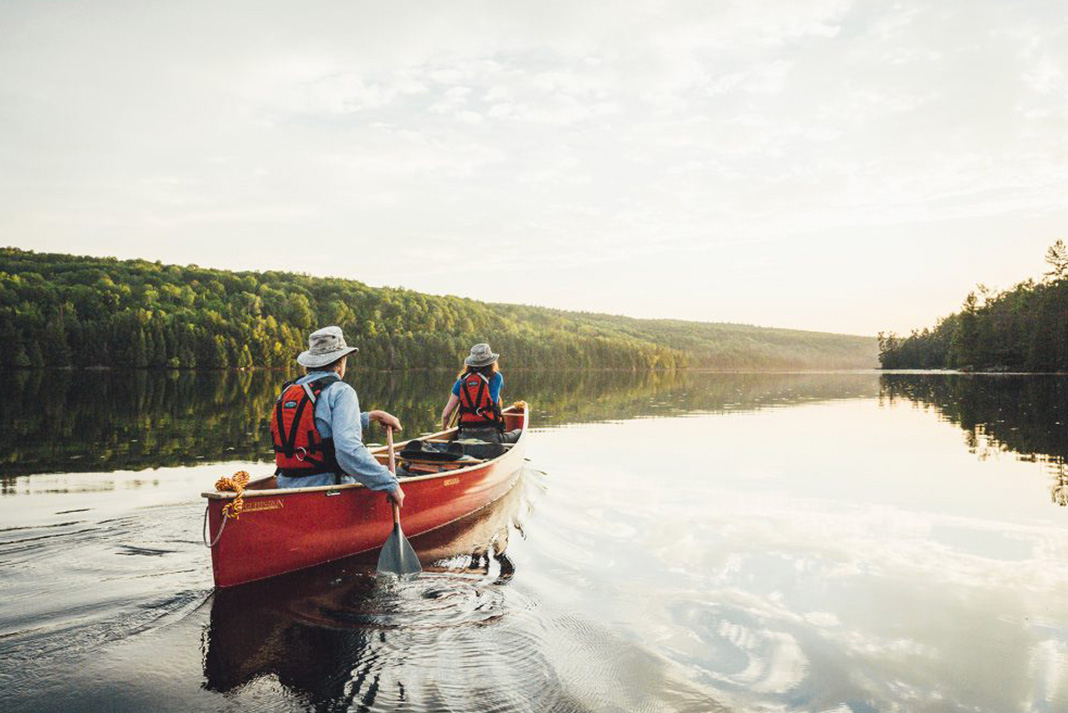
Use the J-stroke in the stern of a tandem canoe, or as an essential steering stroke while solo paddling. Learn this highly useful canoeing stroke from our article and instructional video on How To Do The J-Stroke.
2 Develop a great forward stroke
It may seem simple, but pulling off a perfect forward stroke takes practice. You want to make sure the paddle blade is positioned in such a way that you pull water efficiently and use your core muscles through the stroke for maximum power and to reduce arm fatigue.
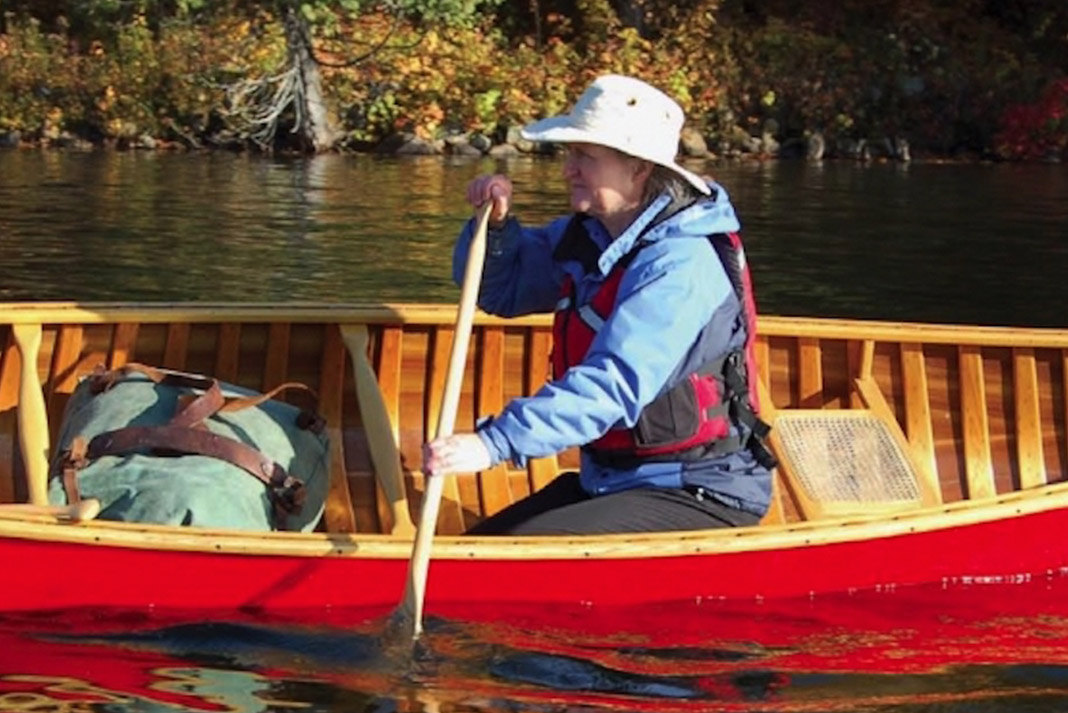
Becky Mason presents step-by-step instructions to help you master the forward stroke, one of the most important strokes in a flatwater canoeist’s repertoire. Check out her article on the Traditional Forward Canoe Stroke.
3 Properly tie your canoe to the car
It’s not an on-the-water skill, but properly lashing your canoe to the roof of your car will get you there. Most people aren’t lucky enough to live right at their favourite paddling destinations, which means transportation is part of their canoeing adventures.
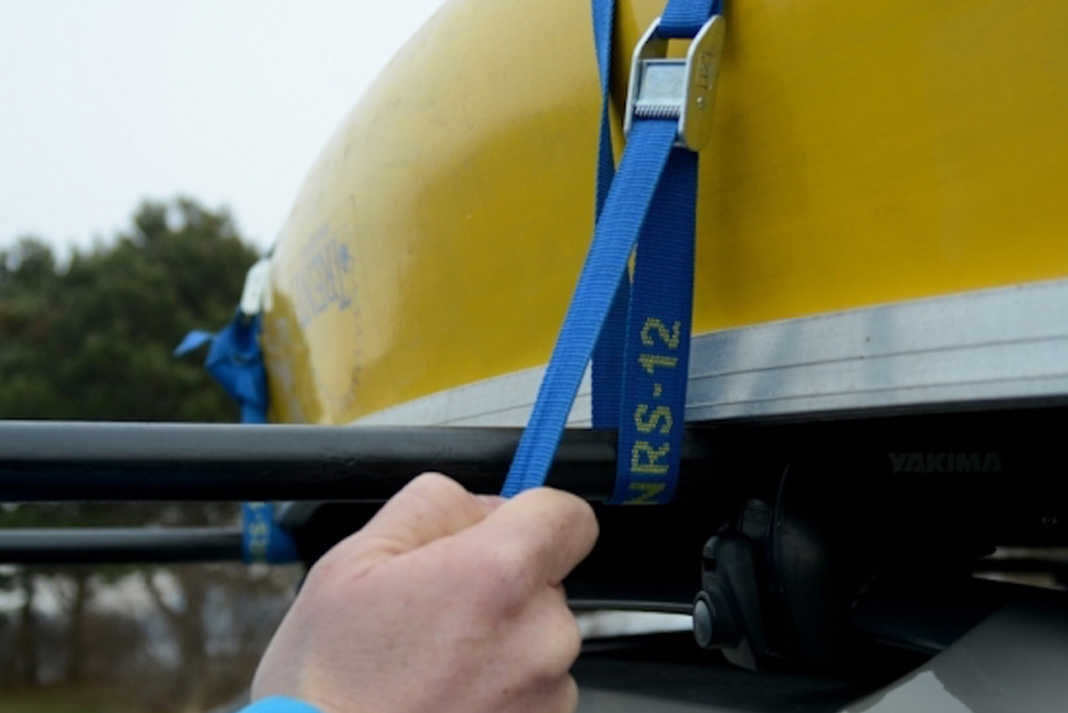
Use a safe and effective method to transport your boat and you can spend less time fiddling with straps and focus on developing your paddling skills. We have the goods on How To Tie A Canoe To Your Vehicle with or without a car rack, including instructional videos.
4 Master a canoe rescue technique
Flips happen. But once you learn and practice proper canoe rescue techniques they go from a catastrophic event to a formulaic fix.
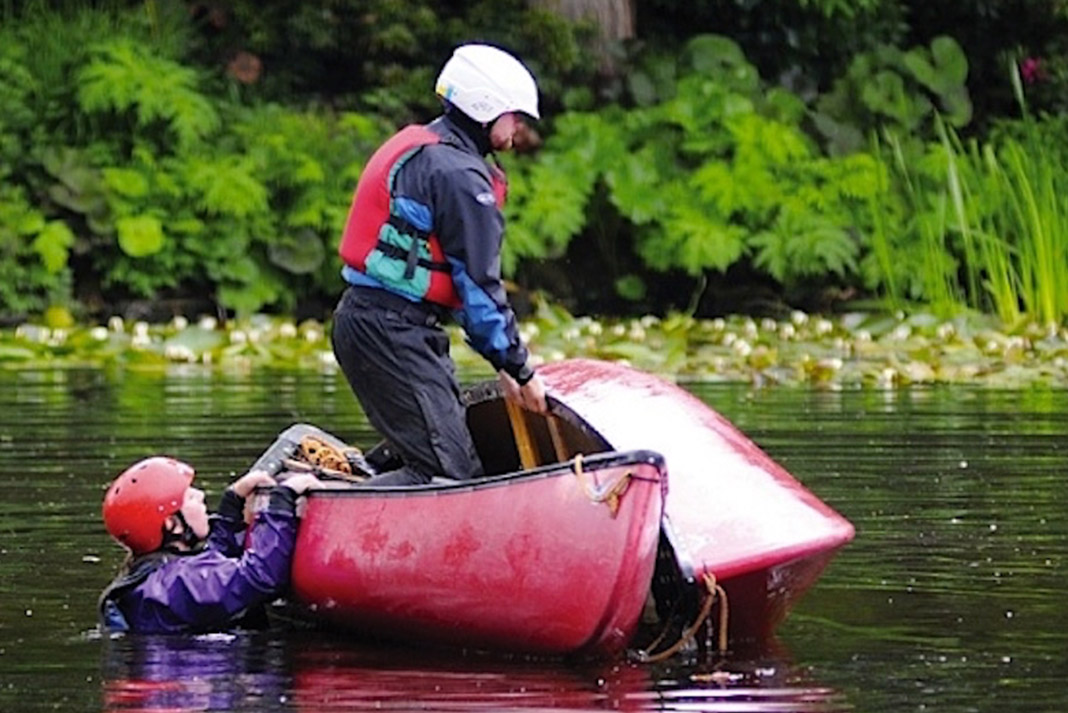
There are many different ways to execute a canoe rescue, but the parallel—or curl—rescue is one of the fastest, simplest techniques. To learn more, follow our instructions on the Parallel Canoe Rescue Technique.
5 Learn the canoe low brace
If you end up in wavy and choppy waters, the low brace is a great skill that can help you maintain confidence and prevent a capsize.
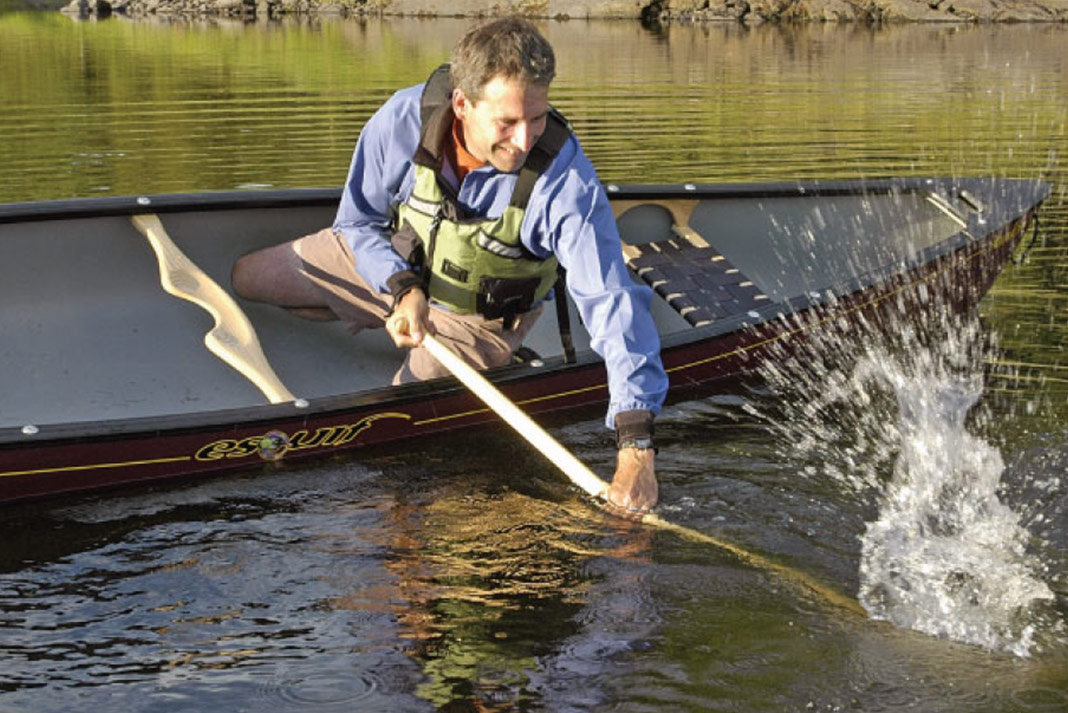
The low brace uses your paddle blade to create pressure against the water. Learn How To Do A Low Brace In A Canoe to steady your boat like a longtime paddler and avoid taking an unplanned swim.
6 Choose the perfect canoe paddle
Like many things in life, choosing the right tool for the right job will make it much easier to improve. Just because it has a shaft, grip and blade doesn’t mean a canoe paddle is the right size, shape or angle for you.
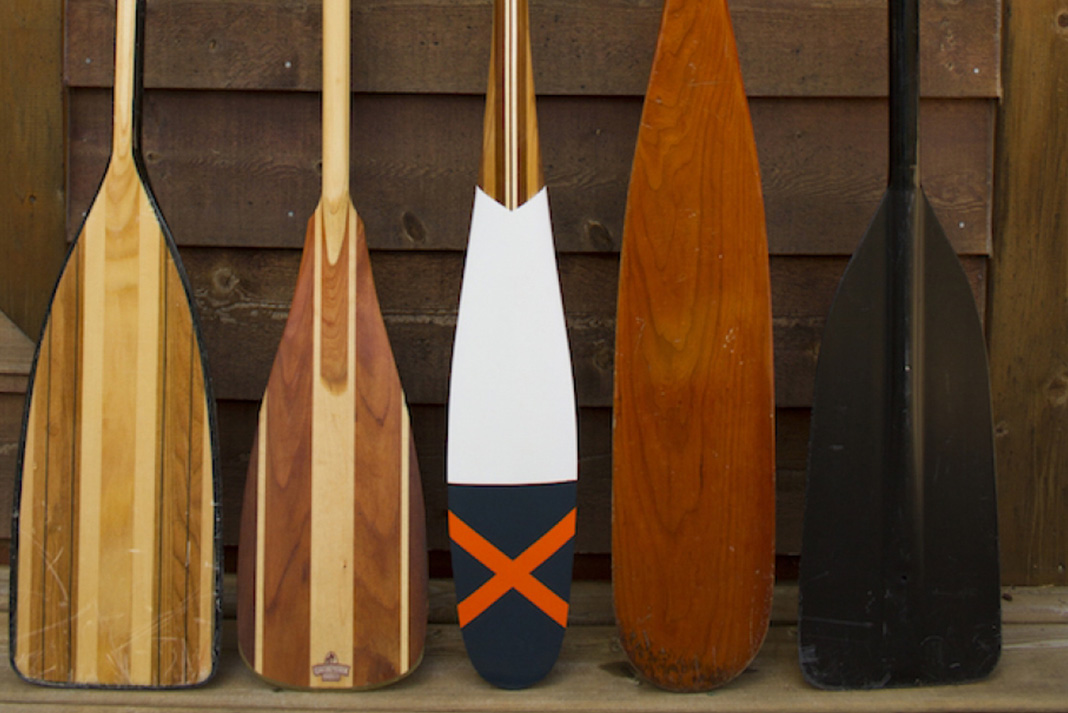
Paddles are designed for different styles and conditions of canoeing, and selecting an inappropriate one can make learning to canoe frustrating and slow. Pick the proper tool for you with our guide on How To Choose The Right Canoe Paddle.




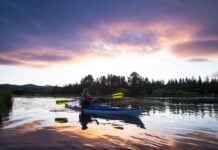
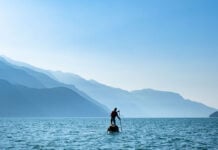
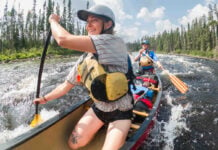
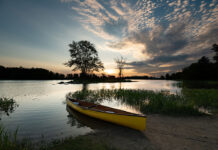

You missed a couple of essential skills for beginners.
How to carry a canoe is very important and how to lift it from the ground to your shoulders and later how to put it down.
Also getting into the canoe from shore, or from a dock are important non trivial skills.
It seems to me that some outfitters are incredibly irresponsible when renting canoes to novices.
Once on Pen Lake in Algonquin Park, we encountered a couple of young women from Germany that were paddling about 5 strokes on each side then changing sides. It was about 5:00 pm on September afternoon and they were headed away from the landing..
Not only were they having a difficult time paddling, but if they did not turn back soon they were going to be forced to traverse the portage back to Rock Lake or spend the night in the bush. Even if they did get back across the portage safely, they would have to cross an unfamiliar lake in the dark.
I took a few minutes to demonstra5it rate the j stroke and give the a couple of pointers. I also suggested they head back soon.
I don’t know if they did. We did not see them again as we were on our way back. I suspect they spent a night in the bush which never hurt anyone but it may have dampened their enthusiasm for canoeing.
In retrospect, I probably should have been more insistant that they head back with us. I put the responsibility on myself as my bowman was an inexperienced canoeIst.
Any I’ll fortune that befell these visitors could have been prevented had the outfitter taken a few minutes to instruct them.